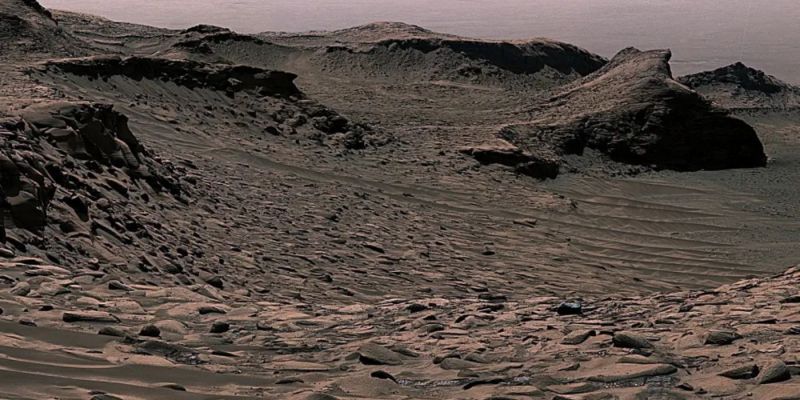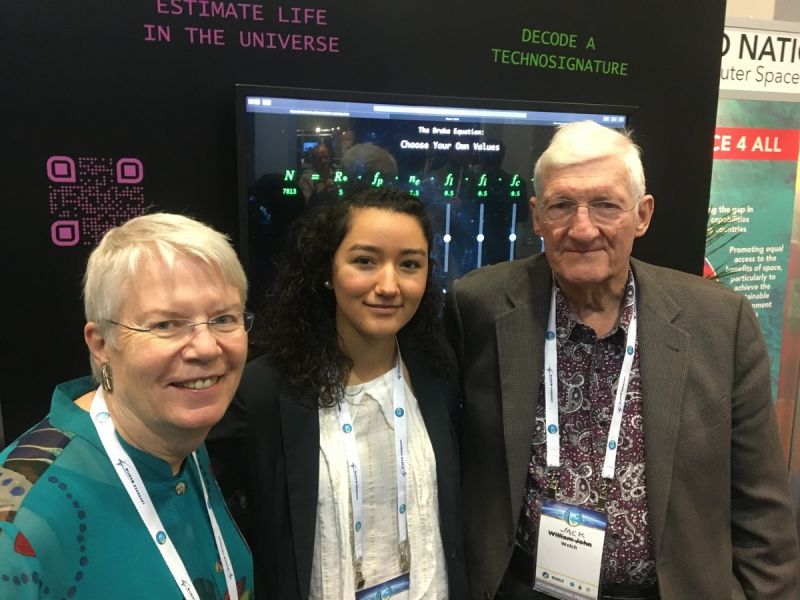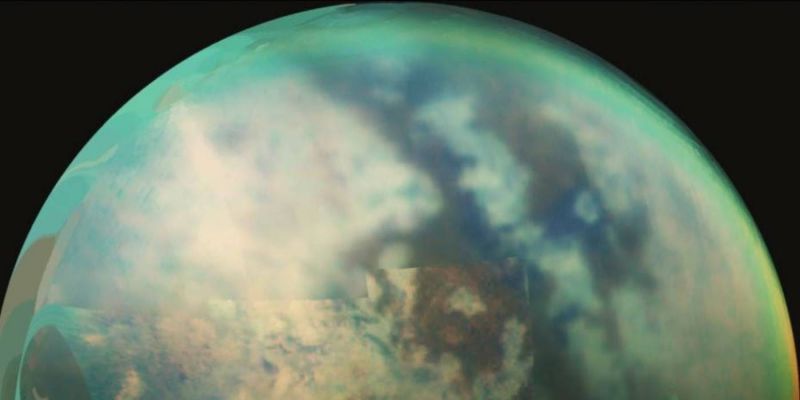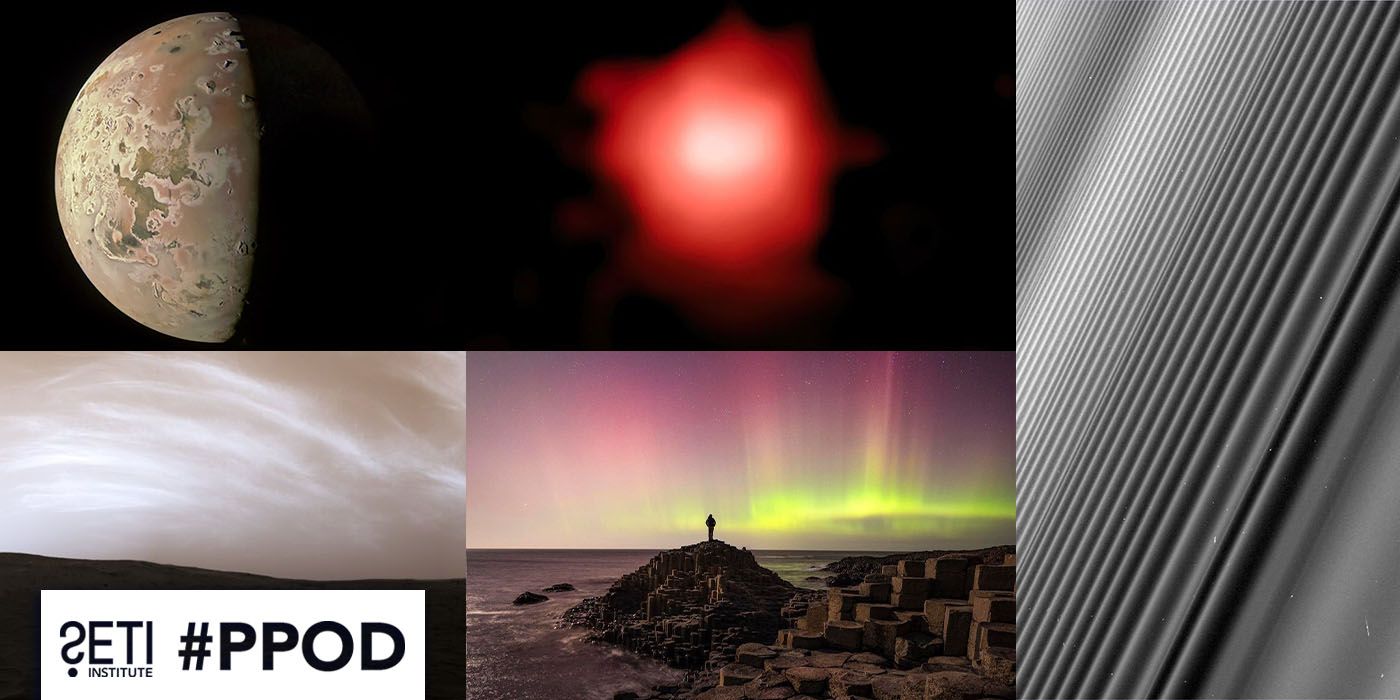
Planetary Picture of the Day
Week of April 7, 2025
Another journey around our solar system and beyond, with views of Earth, Mars, Saturn's rings, and Jupiter's moon Io, plus an incredibly distant galaxy seen by JWST.
Monday, 7 April 2025
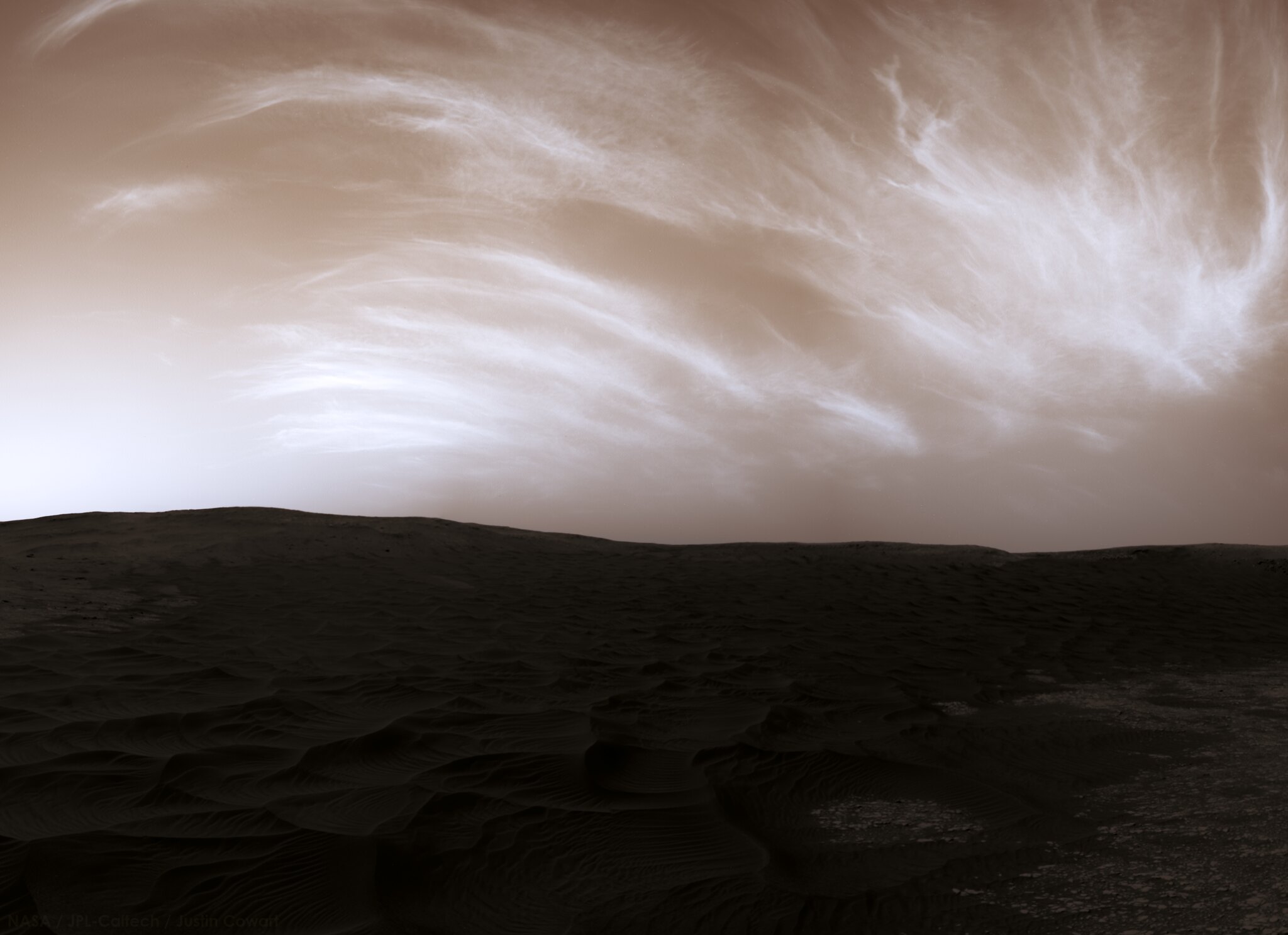
Clouds on Mars
Noctilucent, or twilight, clouds at Gale Crater, Mars. Martian clouds are made of either water ice or, at higher altitudes and lower temperatures, carbon dioxide ice. (Mars’ atmosphere is more than 95% carbon dioxide.) The latter are the only kind of clouds observed at Mars producing iridescence. Taken by the Mastcam on NASA’s Curiosity Mars rover.
Tuesday, 8 April 2025
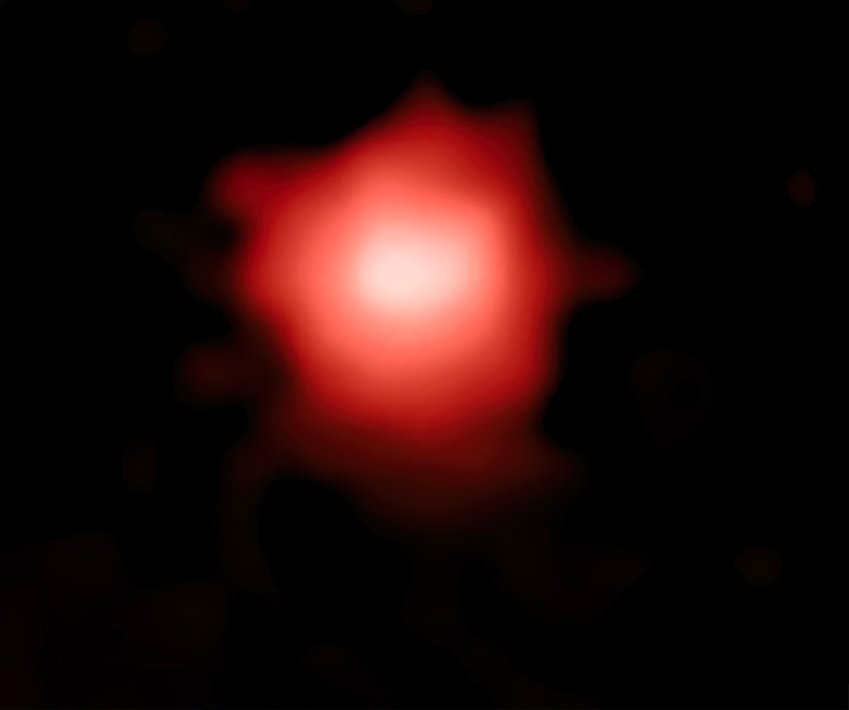
GLASS-z12
GLASS-z12 (formerly GLASS-z13) is one of the oldest galaxies ever seen, dating back to 350 million years after the Big Bang. It was discovered in data collected by NIRCam on NASA's JWST in 2022. The youngest galaxy discovered to date is JADES-GS-z14-0, which is 50 million years older than GLASS-z12 and was discovered in JWST data in 2024.
Wednesday, 9 April 2025
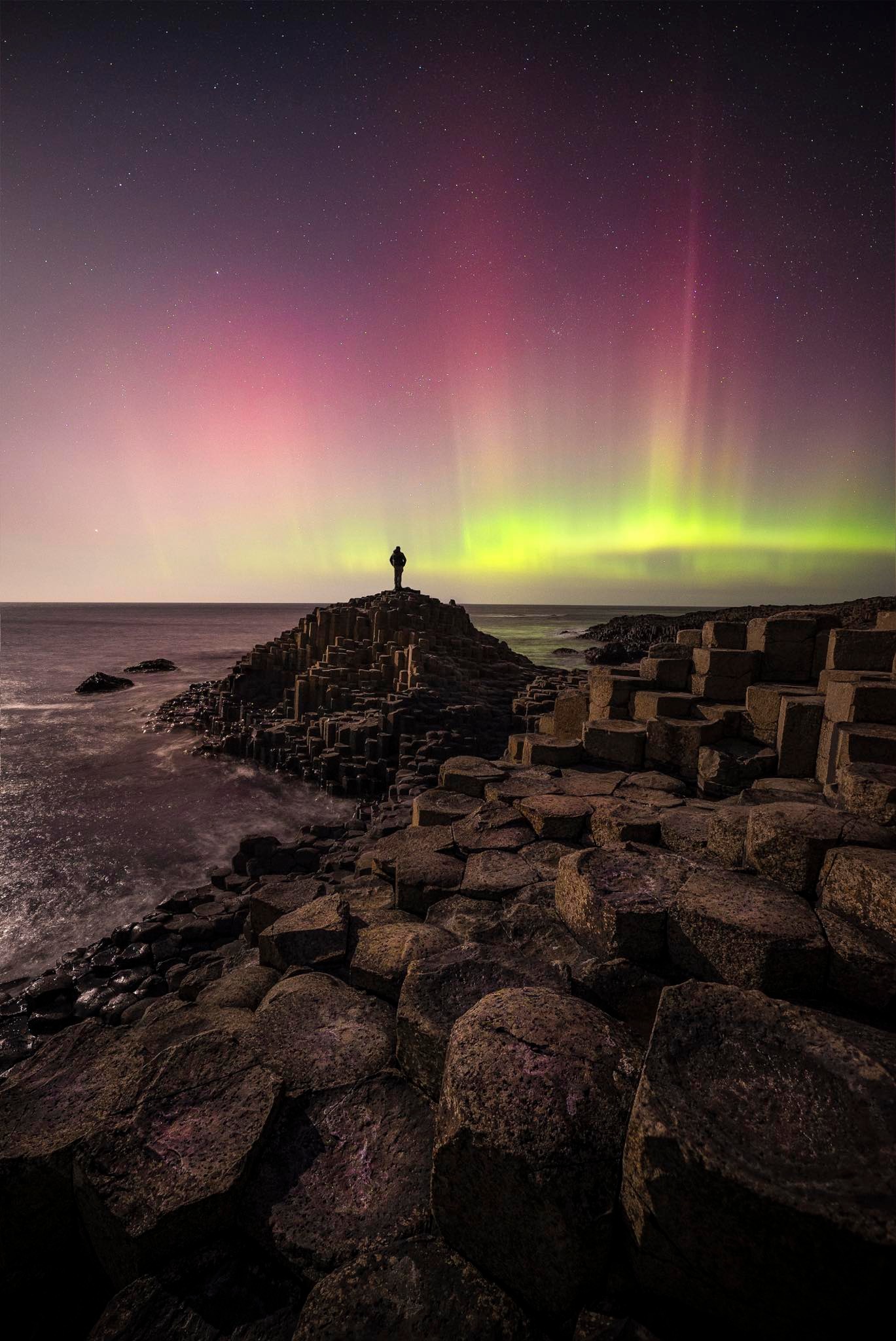
Giant's Causeway
This beautiful photograph combines the wonder of nature and the legend of mythology. Giant's Causeway is in Northern Ireland, and according to legend, a great giant built a path stone across the sea to fight his rival. Scientifically speaking, however, the formation is a gathering of columnar basalt that formed 50-60 million years ago through volcanic activity.
Thursday, 10 April 2025
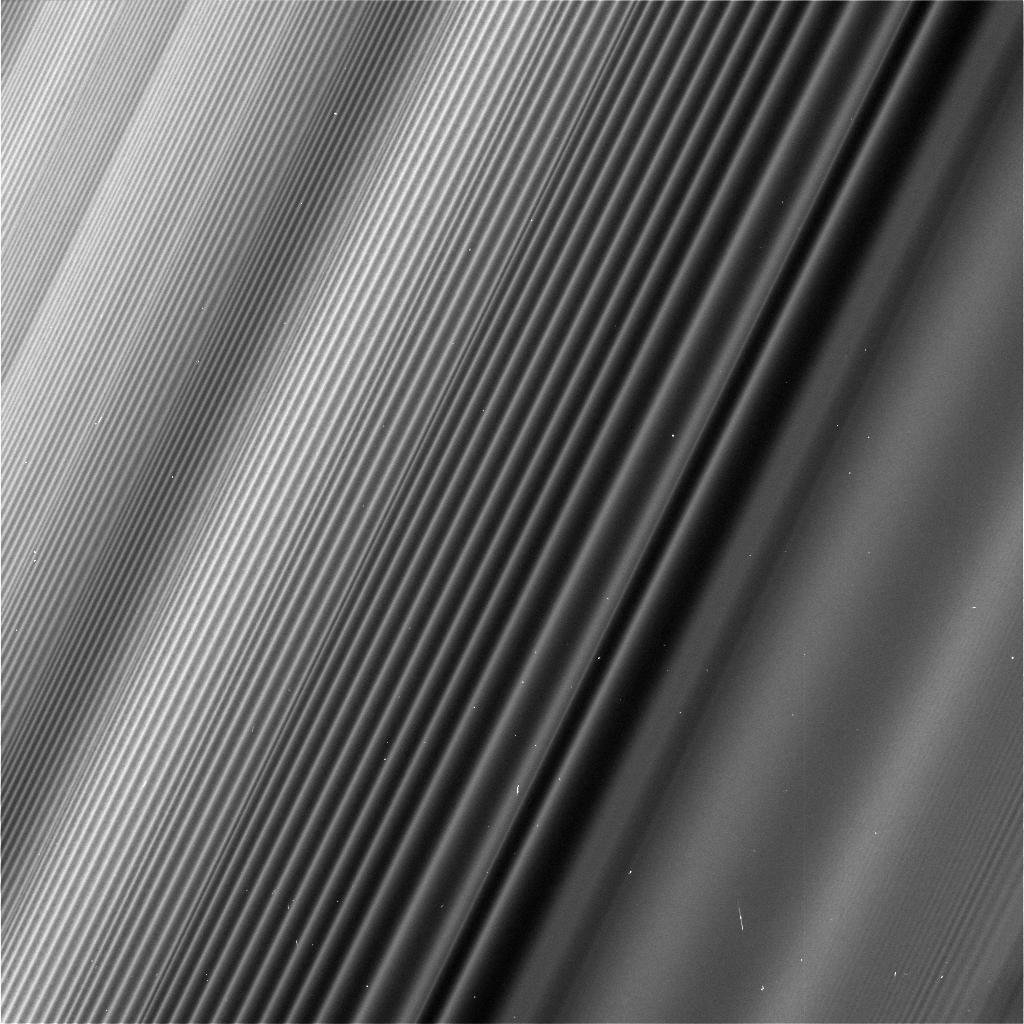
Staggering Structure
This view from NASA's Cassini spacecraft shows a wave structure in Saturn's rings known as the Janus 2:1 spiral density wave. As a result of the same process that creates spiral galaxies, spiral density waves in Saturn's rings are much more tightly wound. In this case, every second wave crest is actually the same spiral arm that has encircled the entire planet multiple times.
This is the only major density wave visible in Saturn's B ring. Most of the B ring is characterized by structures that dominate the areas where density waves might otherwise occur, but this innermost portion of the B ring is different.
The image gives the illusion that the ring plane is tilted away from the camera toward the upper left, but this is not true. Because of the mechanics of how this kind of wave propagates, the wavelength decreases with distance from the resonance. Thus, the upper left of the image is just as close to the camera as the lower right, while the wavelength of the density wave is simply shorter.
Friday, 11 April 2025
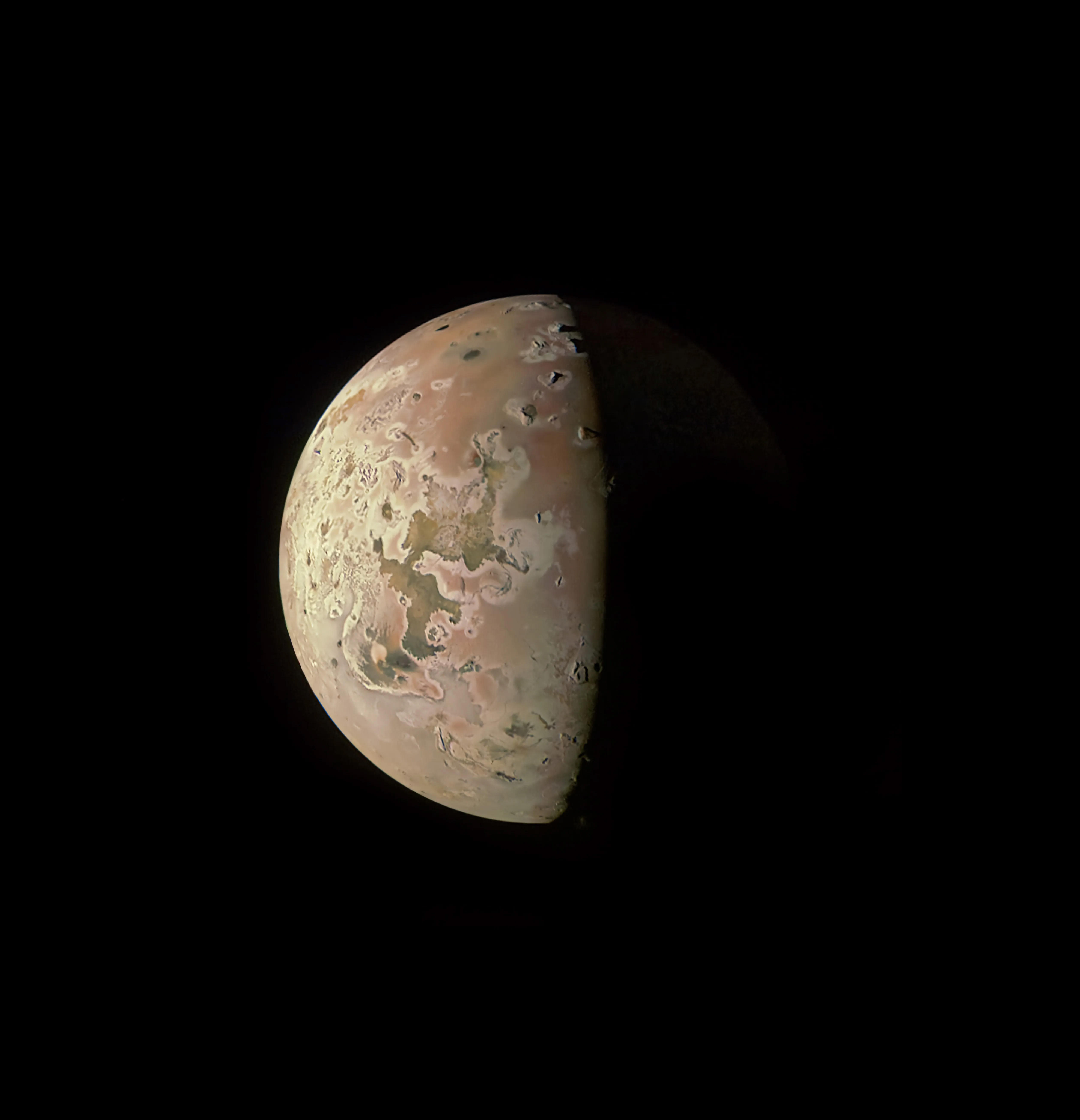
Io
This image revealing the north polar region of the Jovian moon Io was taken on October 15, 2023, by NASA’s Juno. Three mountain peaks visible in the upper part of the image, near the day-night dividing line, were observed here for the first time by the spacecraft’s JunoCam.


